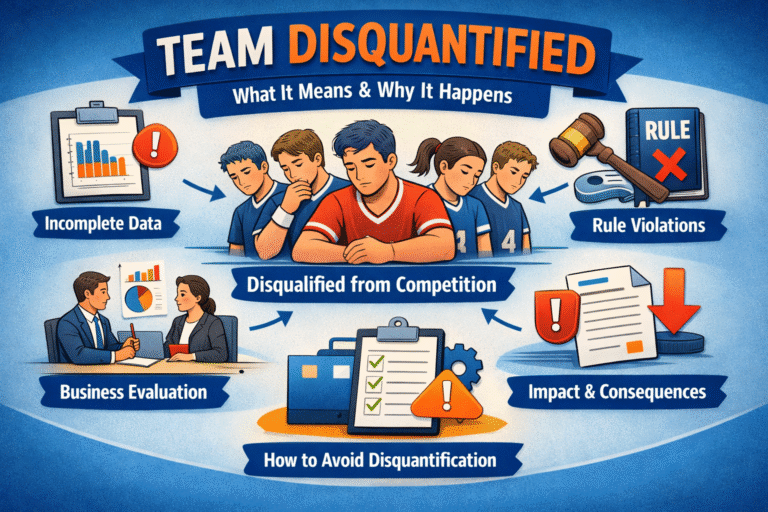
What is the Octordle Sequence?
The term ‘octordle sequence‘ refers to a specific type of word puzzle that challenges players to guess eight words simultaneously within a limited number of attempts. Originating as an evolution of similar word-based games, the octordle sequence has gained popularity among puzzle enthusiasts due to its intricate design and engaging gameplay. Unlike traditional word games that focus on a single word, this format invites participants to strategize across multiple targets, increasing both the complexity and enjoyment of the experience.
The structure of the octordle sequence typically involves an arrangement where players are presented with a grid containing several blank spaces, each representing a letter in the intended words. As players input guesses, feedback is given to indicate which letters are correct and in the right position, as well as those that are correct but in the wrong location. This feedback mechanism enhances the strategic elements of the game, compelling players to deduce the correct words through educated guesses while analyzing patterns in the presented feedback.
How to Play the Octordle Sequence: Strategies and Tips
The octordle sequence is an engaging word puzzle game that challenges players to guess eight words simultaneously, requiring strategic thinking and pattern recognition. To begin, players should first familiarize themselves with the game’s layout, which presents a grid containing eight hidden words. The objective is to deduce these words within a limited number of attempts, utilizing the feedback provided after each guess.
To play effectively, start with broad, commonly used words. This allows players to gather more information about the letters and their placements in the octordle sequence. Once the initial guesses are made, take note of which letters are confirmed or eliminated. For instance, color-coded feedback (often green for correct letters in the correct position and yellow for correct letters in the wrong position) is crucial to developing an effective strategy.
One efficient strategy involves focusing on identifying patterns rather than guessing random words. Players should maintain a mental inventory of known letters and their potential placements, which can significantly improve their chances of success. Pattern recognition is vital in the octordle sequence, as many English words share common prefixes, suffixes, or letter combinations, which can reduce the guessing scope.
Additionally, managing guesses is another crucial aspect of gameplay. Players should prioritize their guesses based on the information gathered previously. If a word is partially solved, it may be beneficial to guess a word that includes some of those known letters in a different arrangement. This approach maximizes the potential of each guess as players inch closer to unveiling the hidden words.
Common pitfalls to avoid include wasting guesses on obscure words or neglecting to leverage the feedback provided. Staying focused on high-frequency words and monitoring letter placements will ultimately lead to a more enjoyable experience with the octordle sequence. Developing these strategies will empower players to master the game while honing their word-guessing skills.
Why the Octordle Sequence Captivates Players: Psychological Insights
The octordle sequence has emerged as a compelling challenge, particularly among word game enthusiasts. Its appeal can be traced to several psychological factors that enhance both engagement and satisfaction during gameplay. At its core, the octordle sequence requires players to utilize extensive cognitive resources, stimulating problem-solving skills and linguistic abilities. This complexity ignites cognitive engagement, as players must think critically about word construction, patterns, and the potential meanings of letters in various combinations.
Solving puzzles like those found within the octordle sequence provides a sense of accomplishment that is psychologically rewarding. The satisfaction derived from correctly identifying the correct words is akin to the feeling one experiences after completing a difficult task. This reward system reinforces continued play, as players are motivated not only by the immediate gratification of solving puzzles but also by the prospect of improving their skills and achieving higher scores. Additionally, the layered complexity of the octordle sequence ensures that players remain challenged over time, significantly investing in their experience.
Furthermore, the social dynamics surrounding the octordle sequence contribute to its popularity. Many players enjoy competing with friends, sharing strategies, and collaborating on solutions, forming a sense of community. This social engagement enhances the overall experience, as people often find joy in discussing their challenges and triumphs with others. Through sharing tips and experiences, players develop relationships that can lead to longer-lasting engagement with not only the game but also the community surrounding word challenges. Administering this mix of cognitive engagement, personal satisfaction, and social interaction, the octordle sequence continues to captivate players on many levels.
The Future of the Octordle Sequence: Trends and Innovations
The evolution of word games has opened a new realm of possibilities for enthusiasts, particularly with the emergence of the octordle sequence. As digital and technological advances continue to shape the gaming landscape, various trends may drastically influence the future of this captivating format. One notable trend in the gaming industry is the increasing popularity of mobile applications. The convenience of playing on smartphones and tablets provides an opportunity for the octordle sequence to reach a wider audience. Developers may prioritize creating user-friendly apps that can deliver an engaging gaming experience, allowing players to enjoy the game anytime and anywhere.
Another significant trend is the rise of online multiplayer features. As social interaction becomes an integral component of gaming, integrating multiplayer modes into the octordle sequence could enhance its appeal. Players could compete against friends or global competitors, fostering a sense of community and healthy competition. Cooperative play elements may also be introduced, allowing players to work together to solve word challenges, thereby promoting collaboration and enhancing enjoyment.
In addition to these technological advancements, there is potential for the octordle concept to expand into new game formats and variations. Creative adaptations could incorporate themes or genres such as fantasy, sci-fi, or educational purposes. This evolution could introduce new audiences to the octordle sequence while simultaneously retaining its core challenge. Furthermore, cross-platform compatibility might become more prevalent, enabling players to engage with the octordle sequence across diverse devices seamlessly.
Overall, as the gaming landscape continues to evolve, the future of the octordle sequence appears promising. By embracing technological advancements and exploring innovative concepts, developers can enhance player experience and ensure that the octordle sequence remains a beloved challenge for word game enthusiasts.




